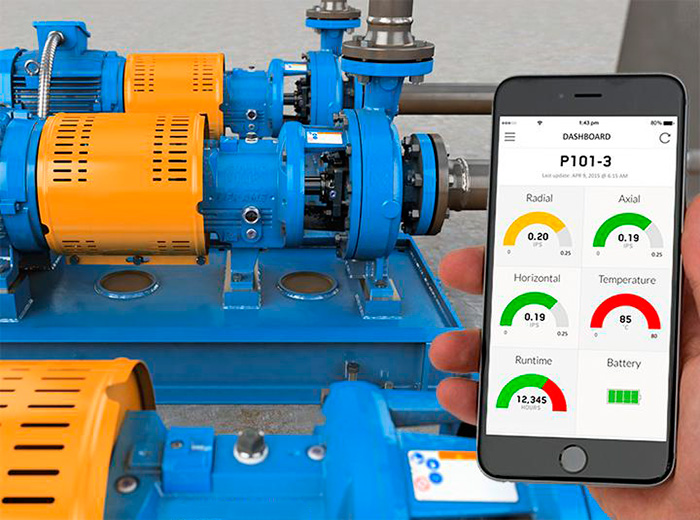Pumps and Valves. The Internet of Things (IoT) has revolutionized various sectors, and industrial applications are no exception. By connecting devices and systems, IoT enables real-time data collection, analysis, and automation. In the context of industrial pumps and valves, IoT plays a crucial role in enhancing monitoring and control processes.
Understanding Pumps and Valves
Definition and Function
Pumps and valves are essential components in many industrial systems. Pumps are used to move fluids through pipelines, while valves control the flow and pressure of these fluids. Their efficiency and reliability are critical for the smooth operation of industrial processes.
Key Components
The key components of pumps include the impeller, casing, and motor, while valves consist of the body, actuator, and control mechanism. Understanding these components is fundamental to appreciating how IoT can improve their performance.
Integration of IoT with Pumps and Valves
How IoT Technology Works

IoT technology involves embedding sensors and actuators in pumps and valves to collect data and transmit it over the internet. This data is then analyzed to optimize performance and predict maintenance needs.
Types of IoT Sensors Used
Common sensors used in IoT applications for pumps and valves include pressure sensors, temperature sensors, flow sensors, and vibration sensors. These sensors provide comprehensive data about the operating conditions and performance of the equipment.
Benefits of IoT in Monitoring Pumps and Valves
Real-time Monitoring
IoT enables real-time monitoring of pumps and valves, providing instant feedback on their status and performance. This allows for immediate corrective actions, reducing downtime and preventing damage.

Predictive Maintenance
By analyzing data trends, IoT systems can predict when maintenance is needed, preventing unexpected failures and extending the lifespan of pumps and valves. This predictive maintenance approach is more cost-effective than traditional reactive maintenance.
Improved Efficiency and Performance
IoT systems optimize the operation of pumps and valves, improving their efficiency and performance. This leads to energy savings, reduced operational costs, and better overall productivity.
Challenges in Implementing IoT
Technical Challenges
Implementing IoT in industrial settings involves overcoming several technical challenges, such as ensuring reliable connectivity, integrating with existing systems, and managing large volumes of data.
Security Concerns
IoT systems are vulnerable to cyberattacks, which can disrupt operations and compromise data integrity. Implementing robust security measures is essential to protect IoT networks and devices.
Cost Implications
The initial cost of IoT implementation can be high, including the expense of sensors, connectivity infrastructure, and software. However, the long-term benefits often justify the investment.
Successful Implementation in Different Industries
Numerous industries have successfully implemented IoT for pumps and valves. For instance, the oil and gas industry uses IoT for pipeline monitoring, while water treatment plants use it for managing water flow and quality.
Lessons Learned
These case studies highlight the importance of careful planning, choosing the right technology, and ongoing management to ensure successful IoT implementation.
Future Trends
Emerging Technologies
Emerging technologies such as artificial intelligence (AI) and machine learning are being integrated to enhance the capabilities of pumps and valves. These technologies enable more sophisticated data analysis and automation.
Predictions for the Next Decade
In the next decade, IoT is expected to become even more pervasive in industrial applications. Advances in connectivity, sensor technology, and data analytics will further enhance the efficiency and reliability of pumps and valves.
The integration of IoT with pumps and valves offers significant benefits, including real-time monitoring, predictive maintenance, and improved efficiency. While there are challenges to overcome, the long-term advantages make IoT a valuable investment for industrial operations.
